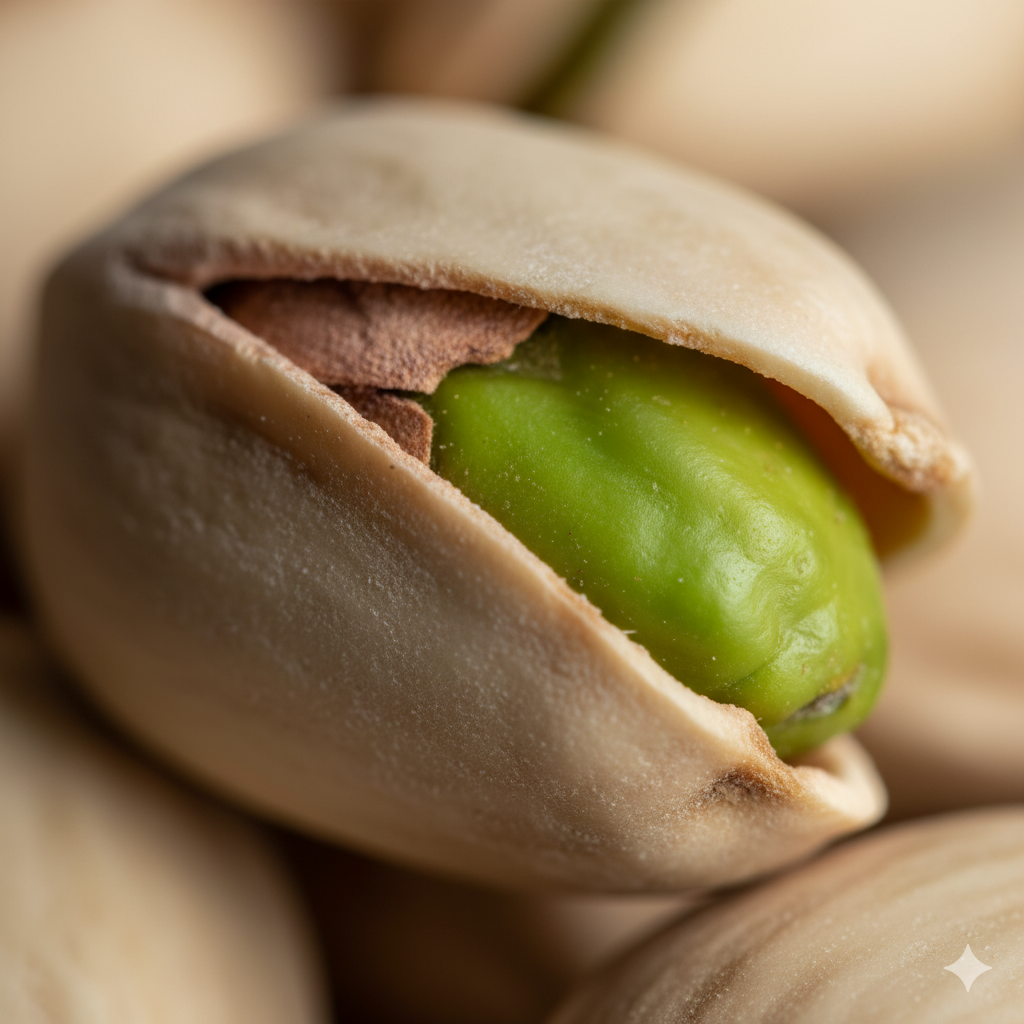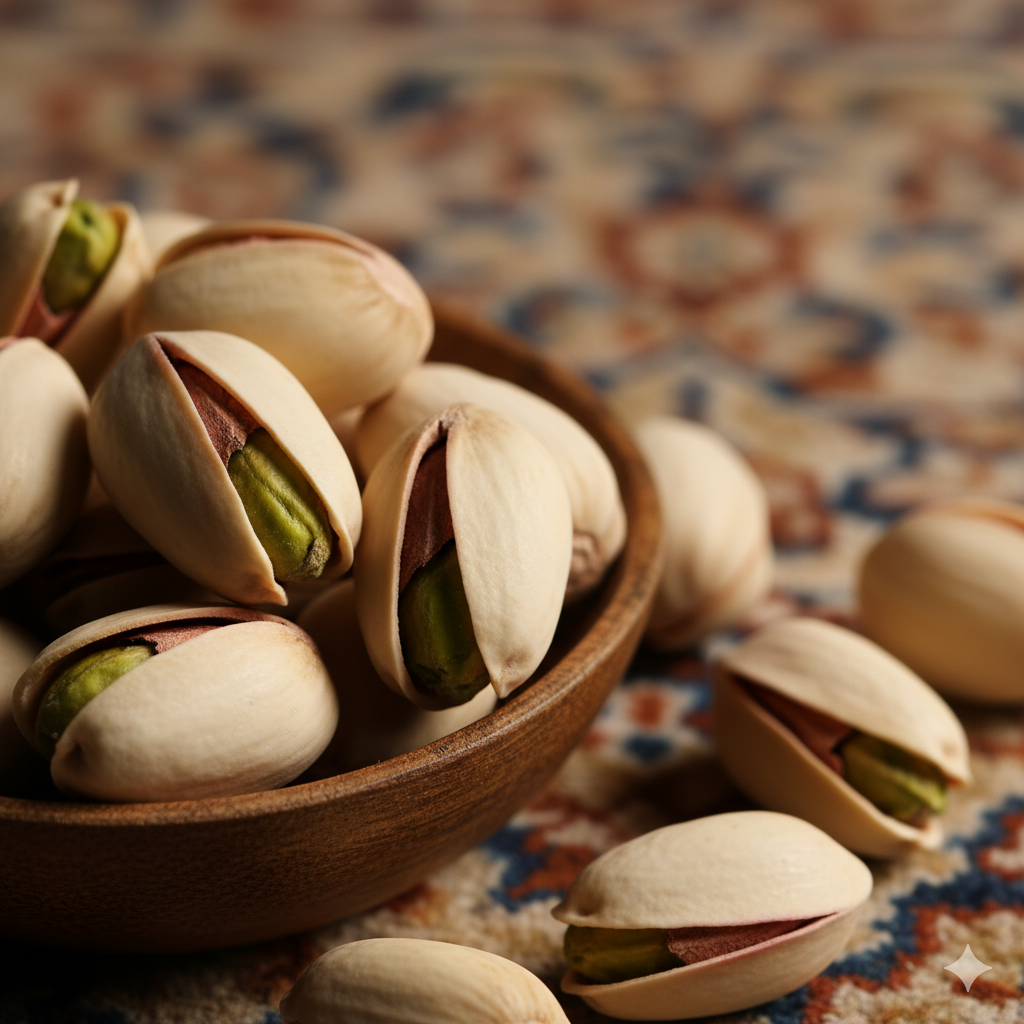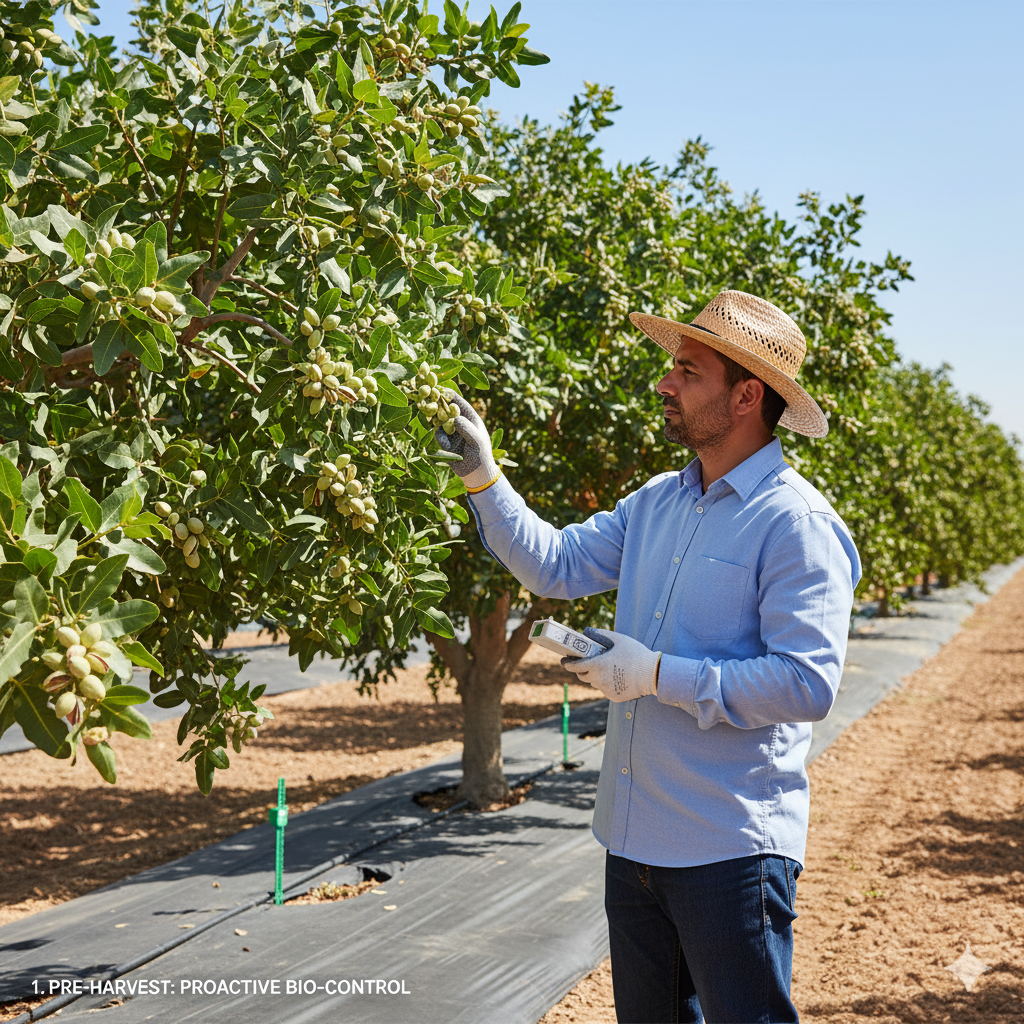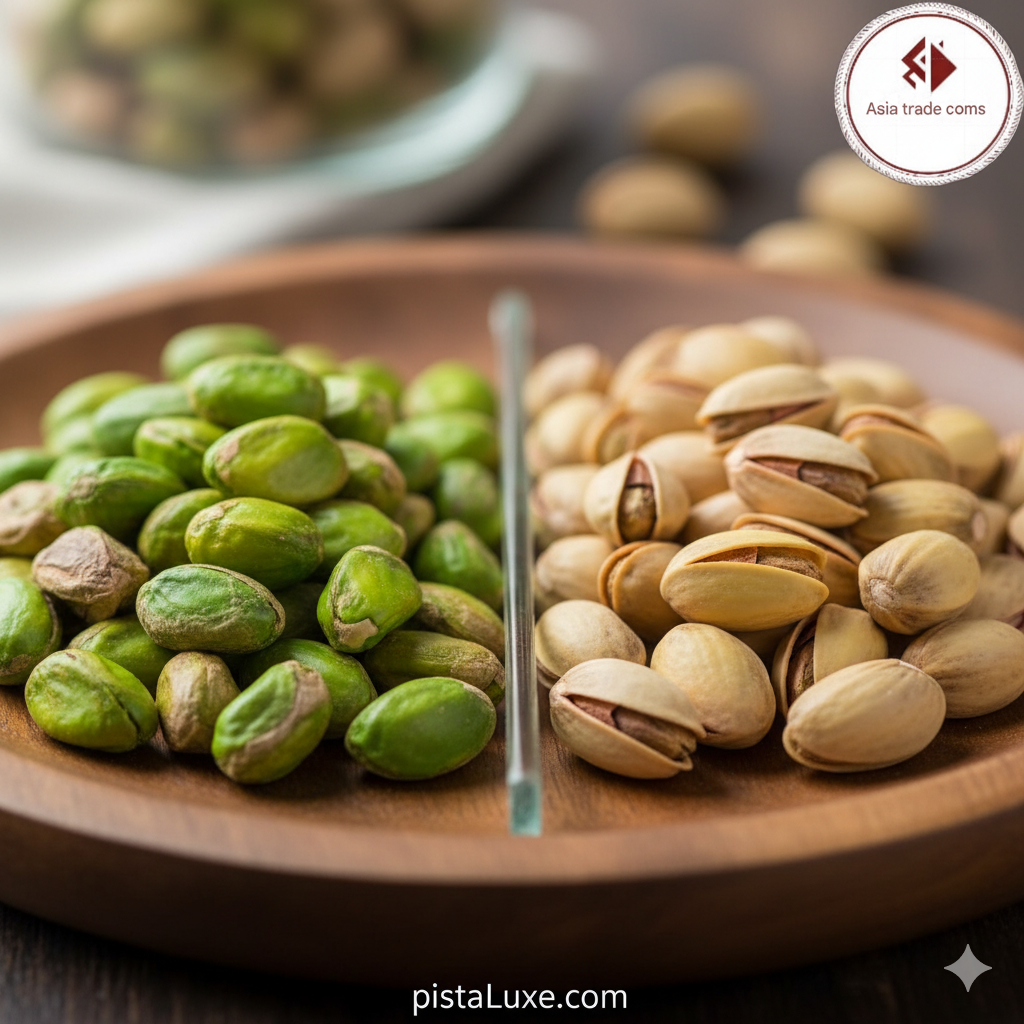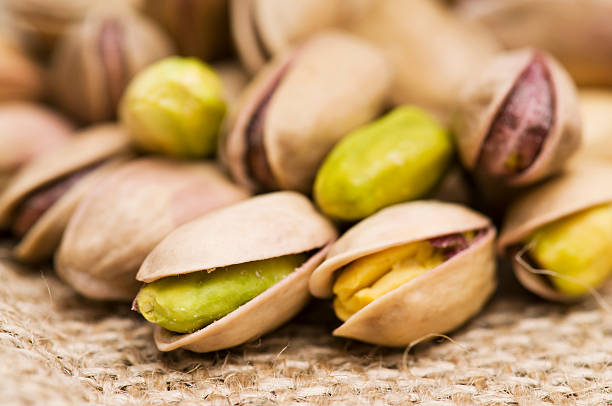
A Deep Dive into the Surging Popularity and Complex Logistics of the European Pistachio Market
Introduction: The Emerald Enigma Captivates Europe
The humble pistachio, once a niche inclusion in confectionery or a seasonal offering, has exploded into a mainstream powerhouse within the European food landscape. Driven by shifting dietary preferences, an intensified focus on plant-based protein, and sophisticated marketing, the European Pistachio Mania is reshaping agricultural expectations and global trade dynamics. This comprehensive analysis delves into the roots of this burgeoning popularity, dissects the intricate supply chain obstacles, highlights the critical role of Iranian supplies, and examines how this versatile nut is transcending Consumption Beyond Tradition.
The sheer volume increase in recent years points to a fundamental shift in consumer behavior. From traditional uses in Italian gelato and Middle Eastern desserts, the pistachio is now integrated into everyday snacks, functional foods, and premium bakery items across the continent. However, this sudden surge in EU Pistachio Demand has placed immense pressure on established global production capacities, forcing a reckoning with sustainability, trade logistics, and geopolitical influences, particularly concerning Iranian Pistachio Exports to Europe.
Section 1: The Drivers Behind European Pistachio Mania
The unprecedented growth in European consumption is not accidental but the result of several converging socio-economic and nutritional factors.
1.1 The Health Halo Effect and Nutritional Profile
Pistachios possess an enviable nutritional profile that perfectly aligns with modern wellness narratives. They are a complete protein source when combined with other foods, rich in fiber, antioxidants (like lutein and zeaxanthin, crucial for eye health), and healthy monounsaturated fats.
Key Nutritional Advantages Driving Demand:
- Antioxidant Power: Pistachios contain higher levels of lutein and zeaxanthin compared to many other nuts, directly appealing to consumers seeking age-related vision protection.
- Satiety and Weight Management: The chewing effort required to shell pistachios often leads to slower eating rates, contributing to natural portion control. Furthermore, the protein and fiber content enhances satiety. A study examining snacking habits suggested that those consuming in-shell pistachios consumed approximately 15% fewer calories than those eating shelled equivalents.
- Plant-Based Protein Boom: As Europe continues its pivot away from animal products, plant-based protein sources are highly sought after. Pistachios offer a sophisticated, flavorful alternative to traditional legumes or soy-based products.
1.2 Evolution in Product Application: Consumption Beyond Tradition
Perhaps the most significant factor driving volume is the diversification of where pistachios appear on supermarket shelves.
- Snacking Revolution: Pre-shelled, roasted, and flavored pistachios (chili, sea salt, rosemary) are marketed as premium, guilt-free snacks, competing directly with potato chips and standard salted nuts.
- Dairy Alternatives: Pistachio-flavored dairy-free ice creams, yogurts, and artisanal cheeses are increasingly popular. The rich green hue provides an immediate visual marker of luxury and natural flavor.
- Functional Foods: Pistachio powders and butters are being incorporated into energy bars, protein shakes, and breakfast cereals, capitalizing on the Nut Market Trends toward functional ingredients.
- Savory Applications: Chefs are utilizing crushed pistachios in crusts for fish and poultry, and incorporating pistachio oils into high-end salad dressings, moving beyond the sweet applications that historically defined their use.
1.3 Affluence and Aspiration
In wealthier European nations (Germany, UK, Nordics, France), pistachios are often perceived as a more aspirational or premium nut compared to widely available peanuts or almonds. This premium positioning allows manufacturers to command higher price points, further encouraging investment in marketing and market penetration.
Section 2: The Supply Chain Tightrope Walk
The sudden spike in EU Pistachio Demand has exposed significant vulnerabilities in the global supply chain, which relies heavily on a few key producing regions.
2.1 Production Volatility and Climate Change
Global pistachio production is notoriously volatile. The pistachio tree (Pistacia vera) is highly sensitive to weather patterns.
- Bloom Failure: Cold snaps during the critical spring bloom period can decimate a season’s yield.
- Alternating Yields: Pistachio trees naturally exhibit biennial bearing—a heavy crop one year is often followed by a light crop the next. This cyclical nature makes long-term supply planning exceptionally difficult for European importers.
- Water Stress: As climate change exacerbates droughts in major producing areas (like California and Iran), sustained high yields become less reliable. The water requirement for pistachios is substantial. For example, some estimates suggest that producing 1 kilogram of pistachios can require between 1,800 to 2,200 cubic meters of water, depending on the microclimate and irrigation efficiency.
2.2 Logistics and Shelf Life Management
Pistachios, being high in oil content (approximately 45% fat), are susceptible to rancidity. Maintaining freshness during long-distance shipping is paramount, especially for the premium market segment.
- Shipping Times: Shipments from the US (California) or the Middle East to major European ports (Rotterdam, Antwerp) require careful temperature control. Importers must balance the cost of refrigerated containers against the risk of quality degradation, which leads to rapid markdown or rejection by retailers.
- In-Shell vs. Shelled: While in-shell nuts offer better protection, the shelling process is resource-intensive. Europe relies heavily on the processing capabilities of the originating countries. Any bottleneck in global shelling capacity directly impacts the speed at which new harvests can meet European demand.
Section 3: The Crucial Role of Iranian Pistachio Exports to Europe
Iran has historically been one of the world’s leading producers of pistachios, renowned for the superior flavor and quality of varieties like Fandoghi and Kalleh Ghouchi. For the European market, Iranian Pistachio Exports to Europe represent a vital, yet politically complex, source of supply.
3.1 Quality and Market Share
Iranian pistachios often command a premium in specific European culinary sectors due to their unique taste profile, which some purists argue is richer than Californian varieties. Iran has traditionally supplied significant volumes to the EU, particularly to Italy, France, and Germany, serving the high-end confectionery and artisanal sectors.
3.2 Navigating Geopolitical Headwinds
The most significant challenge facing Iranian supplies is the international sanctions regime. While food products are often exempted from broad sanctions, the financial infrastructure required for seamless international trade—banking, insurance, and shipping—remains fraught with complexity.
- Payment Mechanisms: Securing reliable, swift payment channels for large consignments is difficult, leading to higher transaction costs and requiring specialized trade finance intermediaries.
- Shipping Insurance: Insuring vessels carrying Iranian goods in international waters can incur higher premiums, effectively increasing the landed cost of the product in Europe.
- Perceived Risk: Many large European distributors prefer to hedge against geopolitical volatility by sourcing more heavily from stable suppliers like the United States, even if the price difference is initially favorable for Iranian stock.
This dynamic creates a fragile balance: Europe needs the volume and quality Iran offers, but the political environment forces importers to diversify risk, often paying a premium elsewhere.
3.3 The Californian Counterbalance
The United States, primarily California, represents the other major pillar of global supply. Californian producers benefit from highly mechanized, large-scale farming operations and stable access to international finance and shipping routes. However, their production is also subject to biennial cycles and localized drought stress, meaning that reliance on any single source remains dangerous for the stability of the EU Pistachio Demand.
Section 4: Market Dynamics and Future Projections
The tension between escalating consumer desire and constrained supply is defining the current state of the Nut Market Trends surrounding pistachios.
4.1 Price Elasticity and Consumer Response
As the price of pistachios rises due to supply shortages or logistical hurdles, the market is testing the elasticity of European Pistachio Mania.
- Premium Segment: The high-end market appears relatively inelastic; consumers purchasing pistachio gelato or premium baking ingredients are willing to absorb significant price increases.
- Bulk/Snacking Segment: In the mass market for simple snacking nuts, sustained high prices risk pushing consumers toward substitutes like almonds or cashews, potentially tempering the growth trajectory.
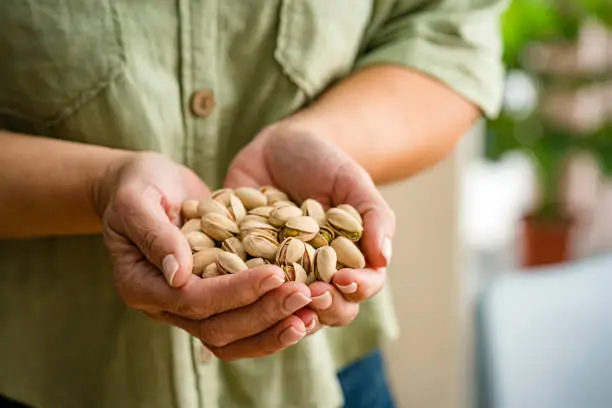
Forecasting market movements involves monitoring global production forecasts (often released in summer/autumn) against shipping confirmations. A simple supply-demand model can illustrate the pressure:
Let be the European demand, $S_{Global}$ be the global supply, and the contributions from Iran and the US, respectively.
. When this inequality holds, prices rise, forcing $D_E$ to either shift to substitutes or accept higher costs, which might trigger increased long-term investment in non-traditional growing regions (e.g., Australia, Mediterranean basin).
4.2 Investment in Sustainable Supply Growth
In response to the recognized volatility, significant long-term investment is being directed toward increasing global output, though these efforts take years to mature:
- New Plantings: Both the US and international producers are planting new orchards, but these trees take 5–7 years to become commercially productive.
- Water-Efficient Technology: Research into precision agriculture, deficit irrigation, and drought-resistant rootstocks is becoming critical, especially in regions facing acute water scarcity.
- Vertical Integration: Large European food manufacturers are increasingly looking at securing long-term, multi-year purchasing agreements directly with growers rather than relying solely on spot market purchases, thereby stabilizing their input costs and ensuring supply continuity for their Consumption Beyond Tradition product lines.
Conclusion: The Green Future
The European Pistachio Mania is far more than a passing fad; it represents a structural shift in European dietary preferences anchored by perceived health benefits and culinary versatility. The sustained growth hinges on the ability of the global supply chain to adapt to inherent agricultural volatility and complex geopolitical realities, particularly regarding Iranian Pistachio Exports to Europe.
While the demand shows strong resilience, supply must catch up. If global production cannot consistently meet the rising EU Pistachio Demand, prices will stabilize at a new, higher plateau, potentially segmenting the market into ultra-premium (where price is secondary) and mass-market (where substitution pressures will increase). Navigating this tightrope—balancing aspiration with logistics, and quality with stable supply—will define the success of the pistachio trade throughout the next decade. The emerald allure remains strong, but theinfrastructure supporting this green fever must rapidly evolve to meet the appetite of a pistachio-hungry continent.
To order or get advice on pistachio and dried fruit varieties, contact our team via our official WhatsApp. Our support team is ready to answer your questions and can help you choose the right pistachio and dried fruit. WhatsApp number 009890214773705


